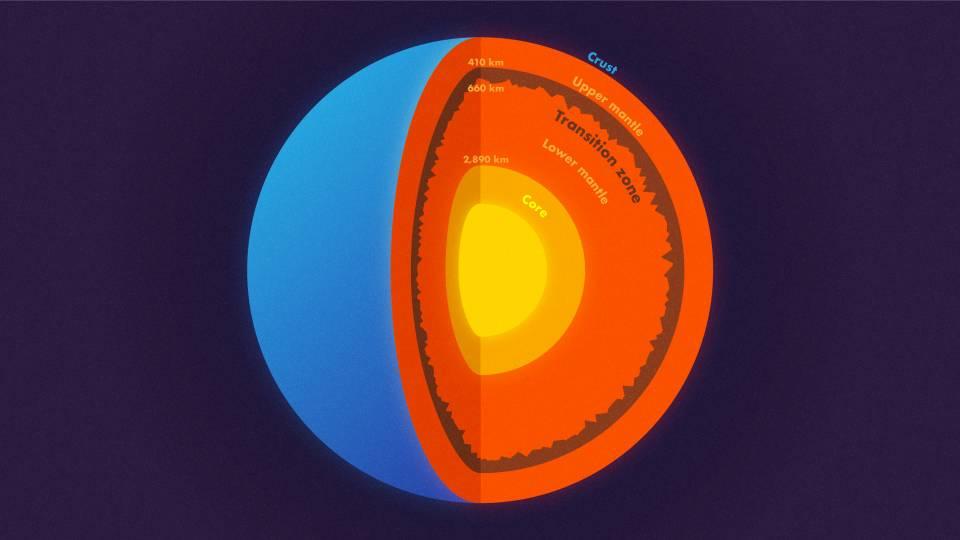Scientists have discovered mountains as rugged as the Rockies 410 miles deep inside the earth, providing new insight into what happens deep beneath the earth’s crust.
The rough terrain at the boundary of two of the earth’s liquid inner layers was detected by analyzing data from an earthquake in Bolivia 25 years ago. That earthquake—the second largest deep quake ever recorded—shook the planet like a bell, sending out shockwaves that bounced off the planet’s inner topography and left their tell-tale data scattered on seismographs around the world.





